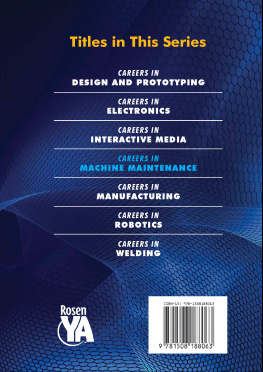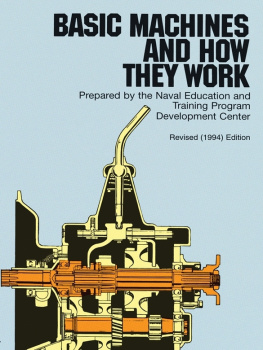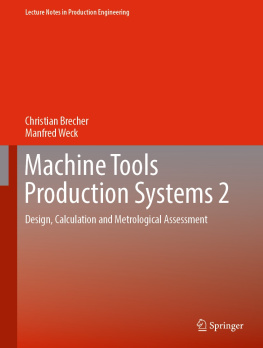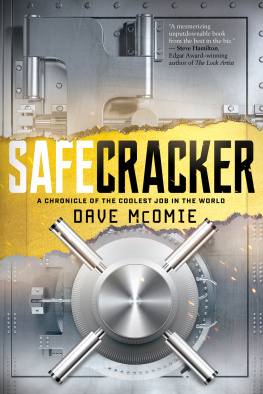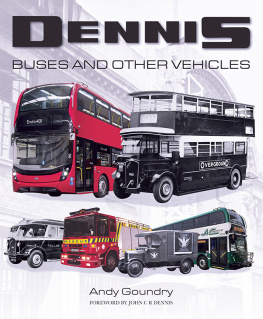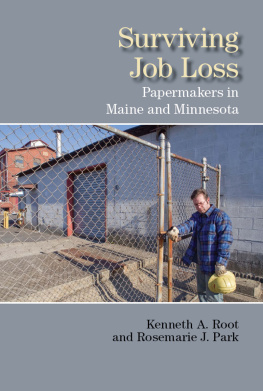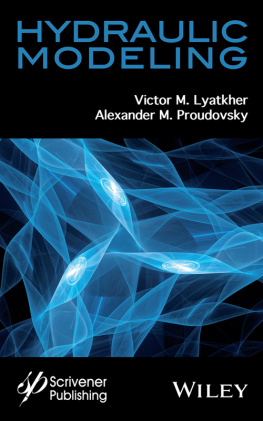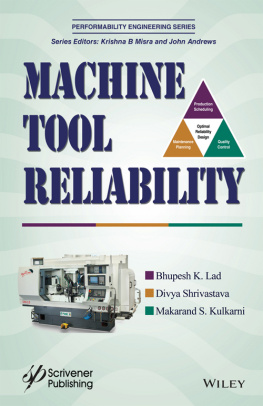Piland - Hamiltons Industrial Heritage
Here you can read online Piland - Hamiltons Industrial Heritage full text of the book (entire story) in english for free. Download pdf and epub, get meaning, cover and reviews about this ebook. City: Hamilton (Ohio);Ohio;Hamilton, year: 2015, publisher: Arcadia Publishing, genre: Romance novel. Description of the work, (preface) as well as reviews are available. Best literature library LitArk.com created for fans of good reading and offers a wide selection of genres:
Romance novel
Science fiction
Adventure
Detective
Science
History
Home and family
Prose
Art
Politics
Computer
Non-fiction
Religion
Business
Children
Humor
Choose a favorite category and find really read worthwhile books. Enjoy immersion in the world of imagination, feel the emotions of the characters or learn something new for yourself, make an fascinating discovery.

- Book:Hamiltons Industrial Heritage
- Author:
- Publisher:Arcadia Publishing
- Genre:
- Year:2015
- City:Hamilton (Ohio);Ohio;Hamilton
- Rating:4 / 5
- Favourites:Add to favourites
- Your mark:
- 80
- 1
- 2
- 3
- 4
- 5
Hamiltons Industrial Heritage: summary, description and annotation
We offer to read an annotation, description, summary or preface (depends on what the author of the book "Hamiltons Industrial Heritage" wrote himself). If you haven't found the necessary information about the book — write in the comments, we will try to find it.
Piland: author's other books
Who wrote Hamiltons Industrial Heritage? Find out the surname, the name of the author of the book and a list of all author's works by series.
Hamiltons Industrial Heritage — read online for free the complete book (whole text) full work
Below is the text of the book, divided by pages. System saving the place of the last page read, allows you to conveniently read the book "Hamiltons Industrial Heritage" online for free, without having to search again every time where you left off. Put a bookmark, and you can go to the page where you finished reading at any time.
Font size:
Interval:
Bookmark:
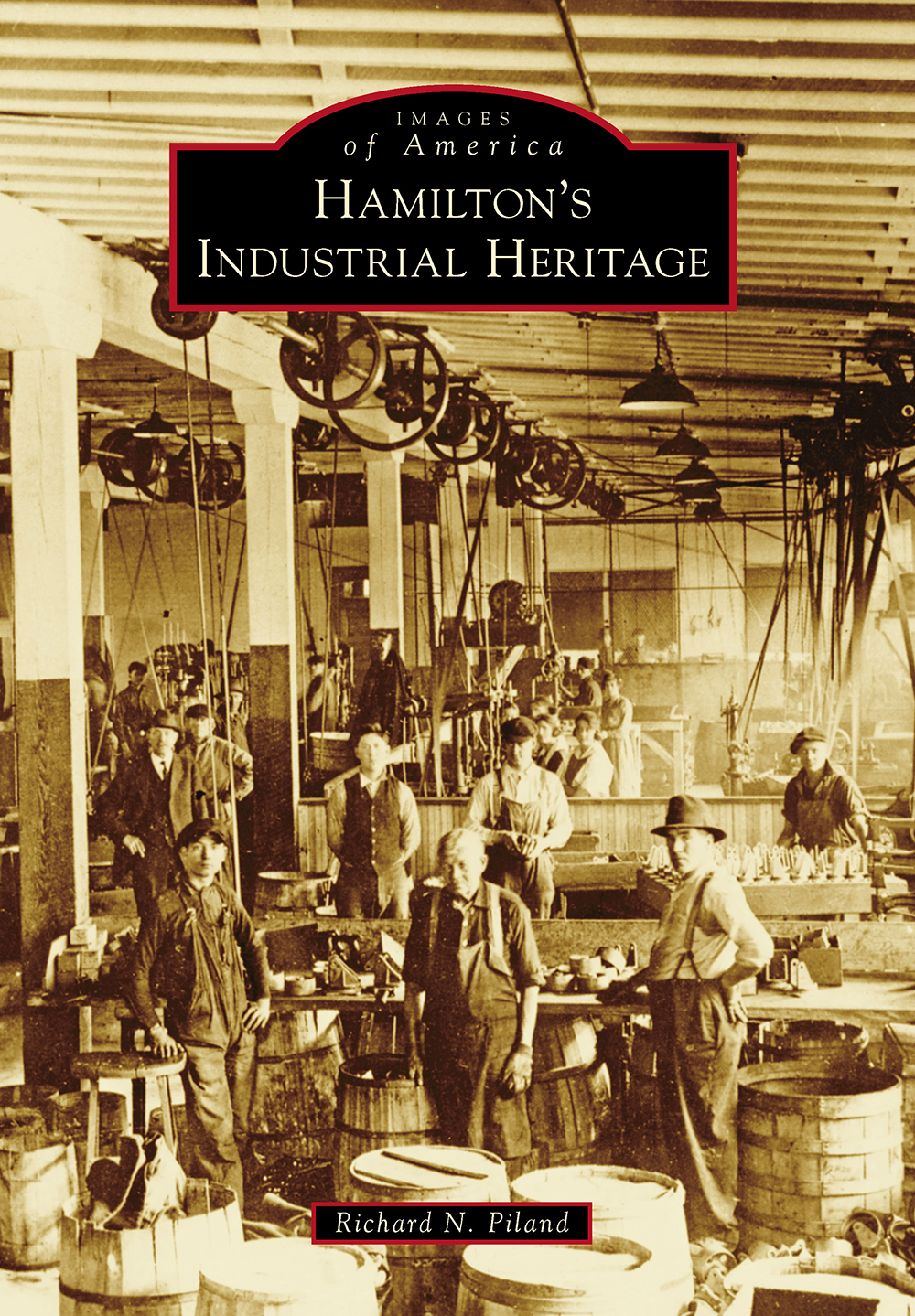
IMAGES
of America
HAMILTONS
INDUSTRIAL HERITAGE

This map from the City Plan of Hamilton, developed in 1920 by city plan engineer Harland Bartholomew, shows the location of the major industries then operating in Hamilton. The plants of more than 100 companies, concentrated along the Great Miami River, the old hydraulic system, and railroads serving the city, made Hamilton a national leader in the manufacturing of Corliss engines, machine tools, paper, safes, vaults, and a wide variety of other products. (Courtesy of the Butler County Historical Society.)
ON THE COVER: Barrels for moving parts, overhead shafts, and pulleys for power enabled the workers of Hamilton Caster & Manufacturing to produce the firms single- and double-wheeled casters in the early 1940s. This small family-owned company, formed in 1907 and incorporated in 1910, has survived for more than 100 years and is the oldest manufacturing firm still operating in Hamilton. (Courtesy of Hamilton Caster & Manufacturing Co.)
IMAGES
of America
HAMILTONS
INDUSTRIAL HERITAGE
Richard N. Piland

Copyright 2015 by Richard N. Piland
ISBN 978-1-4671-1379-3
Ebook ISBN 9781439651155
Published by Arcadia Publishing
Charleston, South Carolina
Library of Congress Control Number: 2014950963
For all general information, please contact Arcadia Publishing:
Telephone 843-853-2070
Fax 843-853-0044
E-mail
For customer service and orders:
Toll-Free 1-888-313-2665
Visit us on the Internet at www.arcadiapublishing.com
To the visionary men and women who worked to make Hamilton known in the worlds markets and the greatest manufacturing city of its size in the world
CONTENTS
ACKNOWLEDGMENTS
I would like to thank the many people who had a hand in making this book possible. Their kindness and support for the project is greatly appreciated. I first must thank Kathy Creighton, executive director of the Butler County Historical Society, for giving me unlimited access to the societys large photographic collection and the wonderful archival resources housed in the Olive S. and Herbert T. Randall Research Center. I also want to thank Kathy and volunteers Richard Scheid and Marlene Carmack for the help they gave in identifying sources of background information and helping with some of the research. They should know that their contribution to the project is truly appreciated.
I want to express my deep gratitude to Susan Myers for providing me with some of the photographs in the George Cummins collection that have not yet been released to the Lane Library. Her thoughtfulness and support for work dealing with Hamiltons local history is very much admired.
Unless otherwise noted, all images used in this book appear courtesy of the Butler County Historical Society. Much of the societys collection was donated by people who worked for the companies mentioned in the book or from the manufacturers themselves. I am grateful they preserved the materials.
Additional contributions to the project were made by several people, and I want to thank the following for the photographs they provided: David Douglas Buckner, Jackie Freyberg, Richard Haid, David Lippert, Steven Lippert, Susan Myers, and Rob Wile. I regret that I could not use all of the photographs I was offered.
Several people gave me great encouragement for my work. I greatly appreciate the friendly support provided by Dave Belew, Joni Copas, John Haid, Richard Haid, and Daniel Lissman. I want to thank Julia Simpson, my editor at Arcadia Publishing, for taking this project under her wing. She gave me great support and inspiration. I hope she thinks the book was worth her efforts.
Finally, I want to acknowledge the support and understanding of my wife, Marcy. She has always been a source of constant encouragement. For 40 years, she has made my life wonderful.
INTRODUCTION
Since its founding in 1791, Hamilton has nearly always been an important center of activity. After Ohio became a state in 1803, the city became an agricultural hub and seat of justice for Butler County. Farming was a major part of the local economy, and farmers were able to ship their crops and livestock via the Miami-Erie Canal, which connected Hamilton to the markets in Cincinnati and northern Ohio beginning in 1827.
The towns location on the Great Miami River attracted a variety of millers, who wanted to power their businesses with the rivers current. By the late 1830s, dozens of mills dotted the landscape. Hamiltons industrial history really began in 1845, when the Hamilton and Rossville Hydraulic Company diverted the rivers flow through town and developed a system that supplied cheap waterpower to area mills. The hydraulic generated enough horsepower to attract mills that produced paper, flour, cotton, wool, and machine shops. Other early businesses included sawmills that cut lumber for constructing homes and businesses, planning mills that made flooring and weather boards, cotton mills that made yarn and fabrics, grinding mills that broke stone, and foundries that melted iron for castings.
By the 1860s, Hamilton became a leading producer of farm implements such as reapers, harvesters, hay rakes, and plows. The advent of steam engines contributed to a seismic shift in production, and the population of skilled artisans and workingmen in the community brought new factories to the city. By 1900, Hamilton was the greatest manufacturing city of its size in the world and produced a staggering variety and diversity of products for the worlds markets. The city had at least 28 foundries that made everything from stoves, steam engines, agricultural implements, machine tools, furniture casters, ornamental fencing, and bank vaults.
The men who headed the manufacturing plants also worked to build the community into a viable and vibrant town. Clark Lane of Owens, Lane and Dyer donated the building and 2,000 books for Hamiltons public library. Moses Mosler of the Mosler Safe Company and Lazard Kahn of the F. & L. Kahn & Bros. stove foundry were among the businessmen who worked to develop east Hamilton into a solid residential area and attract new companies to relocate there. Many of the corporate leaders served on the public school board of education, aided in building community-based facilities such as the YMCA, and facilitated modernization of public utilities.
Hamiltons factories advanced, developed, and became the preeminent leaders in their business segments and the standard by which their competitors were judged. In the 1940s, Hamilton was home to several of the worlds largest industries. The Champion Paper Company was the worlds largest coated paper mill. More than half of the worlds safes and vaults were made by the Mosler and Herring-Hall-Marvin safe companies. Niles Tool Works was one of the largest machine tool manufacturers, Hooven-Owens-Rentschler was one of the largest Corliss engine builders, and Estate Stove was one of the largest stove makers in the world.
More than 150 factories and shops produced a staggering variety and diversity of products for the worlds markets. Many of the manufacturers were never incorporated or operated on a small scale. Some did not survive beyond one or two years. Others closed their doors or were sold to larger companies. Several moved away to other cities.
It is not the goal of this book to catalog all of the manufacturers that ever existed in Hamilton. Nearly 50 of the companies that had a strong presence in the community are discussed in the following pages. The companies have been grouped into six chapters as a matter of convenience. Chapters are devoted to companies that manufactured paper and the three firms that built bank safes and vaults. A third chapter focuses on seven companies that built engines and vehicles, while a fourth presents another seven firms that manufactured machine tools. A fifth chapter focuses on eight important foundries. The last chapter presents 20 companies that manufactured a wide variety of other products. Several of the featured companies will be familiar to many readers; some will be completely unknown. But they all contributed to making Hamilton a major industrial power that was known for providing excellent products.
Next pageFont size:
Interval:
Bookmark:
Similar books «Hamiltons Industrial Heritage»
Look at similar books to Hamiltons Industrial Heritage. We have selected literature similar in name and meaning in the hope of providing readers with more options to find new, interesting, not yet read works.
Discussion, reviews of the book Hamiltons Industrial Heritage and just readers' own opinions. Leave your comments, write what you think about the work, its meaning or the main characters. Specify what exactly you liked and what you didn't like, and why you think so.

